Dev Ward is Head of Digital at the WNBA (Women’s National Basketball Association), where she leads the organization’s digital transformation and growth initiatives. Prior to joining the WNBA, Dev was Lead Product Manager for Disney Parks, Experiences and Products, crafting digital products within the retail experiences product portfolio.
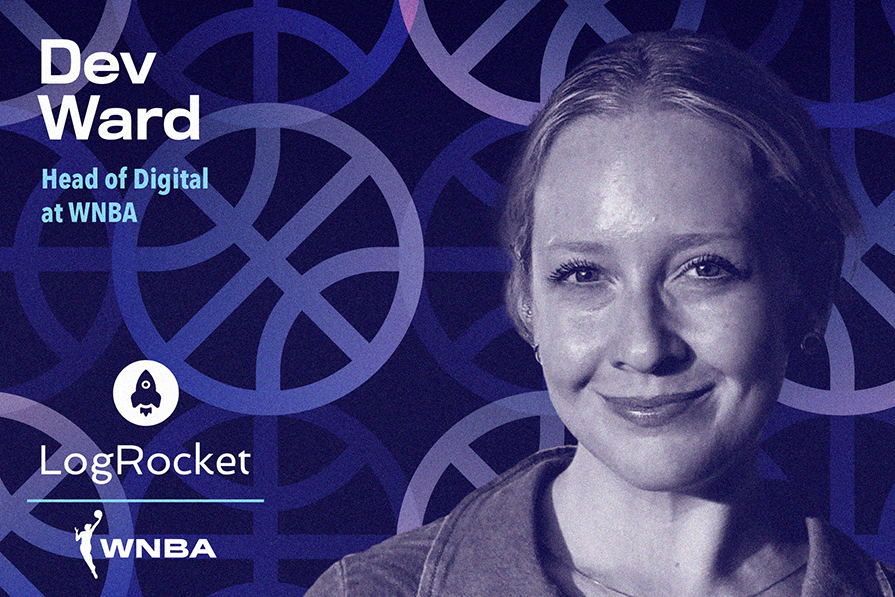
In our conversation, Dev talks about how she’s helped curate the digital experience for the WNBA’s exploding fanbase, including redesigning and launching a new app. She shares how her team uses data and social listening to measure fan loyalty and engagement. Dev also discusses her approach to keeping her team agile and able to pivot quickly and grow alongside the WNBA.
I’ve found that to be successful professionally, I need to have a strong passion for the mission of the organization I’m working for. I’m so grateful for these experiences. It was so special to be behind the magic at Disney and to now be helping empower women and grow a women’s sports fan base at the WNBA.
Within fan loyalty, there are several challenges from a product perspective, including finding a sweet spot between engagement and revenue. Fans today expect a personalized experience. They don’t want to work harder, they want the app to be smarter. Companies need to figure out how to build in personalization while retaining that deep fan loyalty, and then figure out how to scale it.
When I started at the WNBA four years ago, we had 30,000 monthly app users — now we have over 600,000! We have to leverage our data and AI to predict content for our fans while being aware of what feels organic versus automated. Users don’t want to see a fire hose of AI-generated clips. Our fans are smart — they know when things are driven by AI rather than by a human. The challenge then becomes personalizing experiences meaningfully and having a strategic thought process around content curation.
When it comes to maximizing revenue, fans want to feel valued — they don’t want the perception that they’re being sold to every time they open the app. They also don’t want to be overwhelmed with ads. As consumers, we’re used to being inundated with marketing, and that can easily cause a digital experience to feel inauthentic.
At the WNBA, we’re trying to monetize through our DTC subscriptions, whether it’s League Pass, merchandising, or buying tickets. But, it’s important that we don’t overwhelm the fan with purchase offerings — we want to balance that with exclusive opportunities so that the user feels like a valued member of a broader community.
Sure. The first step that we focus on is gathering data. Our products used to be very scattered, and we needed a cohesive digital experience between our website, app, connected devices, etc. We rebuilt and refunctioned all of our digital products, and now we’re starting to gather insights on who our fans are and how they engage with our digital products.
We think about segmentation in a few ways, one of which is fan behavior. Are they trying to watch the game? Are they trying to purchase something? Are they trying to bet? Other segments could be based on location or sentiment. We use different social listening tools to keep a pulse on everything, and we also do surveys and monitor app reviews. We’re constantly checking in, whether it’s on social media or the App Store, to track where fans are in their journey.
A good example of this is segmentation by geographic locations. Each location might be interested in specific matchups. We don’t have teams in every state, so we may focus on, say, the tri-state area and push content specific to those fans. Another example is segmentation by age. Younger fans are often more tech-savvy. That’s why the homepage of our app has content similar to Instagram or TikTok — it’s meant to meet Gen Z where they are. But, at the same time, we also include in-depth stats of each game for avid fans of every age.
I believe that as you’re creating the digital product roadmap, you need to align with the organization’s goals first. In my time at Disney, I became so attuned to asking why. I worked in the food and beverage vertical, but I always looked to see how our initiatives tied up to the overarching Disney vision.
You have to work cross-functionally with all your teams to achieve this — you can’t work in a silo. Whether it’s marketing, content, data, or basketball operations, I am involved with them every day. I have a monthly roadmap review where key leads from every team all come together to talk about the roadmap. We make sure that the roadmap accommodates their KPIs and rolls up to the League’s strategic goals and North Star.
We’re focused on building technology and systems that can grow alongside the League, especially with the explosive growth we’re seeing. We’re in the process of figuring out the best infrastructure to support the increased traffic and different fan segments. But the business goals could change tomorrow, so it’s important to stay agile and be willing to redefine features or functionalities.
I do! We’ve created a mobile app that’s configurable for our content and marketing teams. A lot of the features we’ve built out recently are strategic — we’ve built the tool versus making individual code changes every time a request comes through. For example, if the content team wants to update a placement on the homepage, instead of that being hard coded and requiring engineering, testing, release review, etc., they can now go into our CMS, make the changes themselves, and publish in real time.
This is also an example where we did a good job of circling back to our challenges. As I like to say, our challenges are our strengths. They make us stronger.
It’s been quite a journey — the app is like my baby. When I started, I was the first and only WNBA-dedicated digital hire. My team was originally a shared resource across the different leagues, so we’re constantly in a prioritization battle.
When I joined, the WNBA products were so disconnected and difficult to navigate. League Pass was a product on a different backend system, and the mobile app was on an off-the-shelf product system. The website had thousands of barely accessed pages. I said, “We need to completely blow this up and start from scratch. As product people, we’re going to say ‘no’ for a year. We’re going to say ‘no’ to every flashy next thing so we can focus on rebuilding and redefining what this looks like.”
We had to reground ourselves and audit all of the products. We knew we wanted a central platform for all things W, which resulted in a centralized WNBA ecosystem for all digital products. To do this, we needed to understand what the fans wanted. So, we talked to them, conducted surveys, held focus groups, and analyzed data from the platforms we had at the time. We heard from the get-go that fans wanted easier access to stats and content, and to feel closer to the players. Three years ago, WNBA content was still underserved. It was hard to find it, and fans weren’t able to get all of the content that they were craving. Now it’s content galore!
Once we understood what the fans wanted, we created the roadmap. Next, we had to build a clean design and ensure the app was intuitive. We kept a pulse on the fans as soon as we launched, and we haven’t stopped working since.
Prioritization — there are still so many things that we want to do. In product, there’s the part of you that wants to solve every problem for the fan, but that’s just not realistic. I still struggle with that today. Every time I hear feedback, I want to make a change to address it. But we have to step back and think about the true issue we’re trying to solve. We need to make sure we’re solving that problem, not solving the fan’s problem.
Balancing fan feedback, requests from leadership, KPIs, and stakeholder input is challenging, but that’s why I love product. It’s never boring, but it’s hard because we’re not always going to make everyone happy. As an avid people pleaser, that’s one thing I always go back to — strategically making people happy.
By monitoring social engagement, we’re really starting to understand the emotional connection and brand affinity. We have in-house employees monitoring forums and social media platforms, but we also partner with companies that synthesize what people are saying on those platforms into a sentiment analysis.
As we track sentiment on social media — whether through mentions, hashtags, or content — we see very passionate fans. Our fans aren’t afraid to vocalize how they feel. Whenever we’re curious about something, we check social media to hear what they have to say.
Storytelling and content consumption are key factors and indicators of brand affinity. So, finding out what type of content fans engage with emotionally has been very important. For example, we’ve learned that fans really connect with stories about the players, like “behind the scenes” videos. This understanding has led us to dive deeper into specific narratives and drive the content series or interviews our fans want to see.
Everyone needs to share the vision. Every time I have a roadmap meeting, I reiterate, “Here are all of our goals. Here’s what we’re trying to accomplish. Given the large increase in our following over the past three years, we’re focused on trying to engage our fans and figuring out how to do that. We’re also leveraging data and analytics. I work closely with our data and analytics teams day in and day out to help me understand what the data is telling us about user behaviors or friction points.
Our analytics can reveal if there’s a specific drop-off point or conversion with subscriptions. If we’re watching the fan funnel and see that fans are getting to the purchase screen but suddenly drop off, why is that? I work hand in hand with our data team to understand that and bounce ideas off them. Our marketing analytics team is really important, too, especially as we segment those fans and behaviors to create personalized experiences. You can’t personalize if you don’t know what your segments are.
Last year, we launched a personalization initiative around favorite teams. If we know a fan’s favorite team, we can surface content that is specific to that. We work with the marketing team to segment based on those preferences, and we’re getting ready to launch a version of that geared toward favorite players. Maybe a fan doesn’t have a specific team following but likes particular players. How can we target them in push notifications or emails to deepen their connection with those preferences?
It was not always like this, however. When we first launched the app, we had push notifications, but fans were very vocal that they wanted them to be personalized. They didn’t like the fire hose of notifications — they wanted them to be relevant to their favorite teams or specific games. We needed to find that sweet spot of how often the fans interact and how much content they receive. We worked closely with the marketing team to set up those segments and complete the funnel.
It never stops. We work closely with our internal teams as well as the actual WNBA teams. We collaborate with their digital counterparts, internal stakeholders, and the fans external to the organization. An important skill I acquired during my time at Disney is the ability to change on a whim and be agile. Keeping that focus for my team has been key for us to keep up with the rapid growth of the League.
People of all ages and backgrounds are using our products and attending our games, and it’s interesting to see data prove my gut instinct about who I think our fan demographic is wrong. The data doesn’t lie, so it’s important to always keep a pulse on it.
Even from a feature standpoint, what I think people should do isn’t always what they want to do. I have to take my personal opinion out of the equation and focus on what the data and the market are telling us. I’m getting better at predicting, but especially given last year’s growth, it’s tough. There are so many new fans joining our ecosystem, representing a wide range of ages, backgrounds, and locations. Right now, the WNBA is only in the US, but next season, we’re expanding to Toronto, which will open up an entirely new fan base. We haven’t even scratched the surface.
I don’t come from a sports background — I’ve always been a dancer. Growing up, I was into the arts and attended a performing arts high school. The reason I took this position wasn’t about basketball, it was about the push for gender equality — making sure that women get the same playing field and putting them on the same board as men. I want us to have the best-in-class digital products, period. For me, this job is about playing a part in empowering women, which is so exciting.
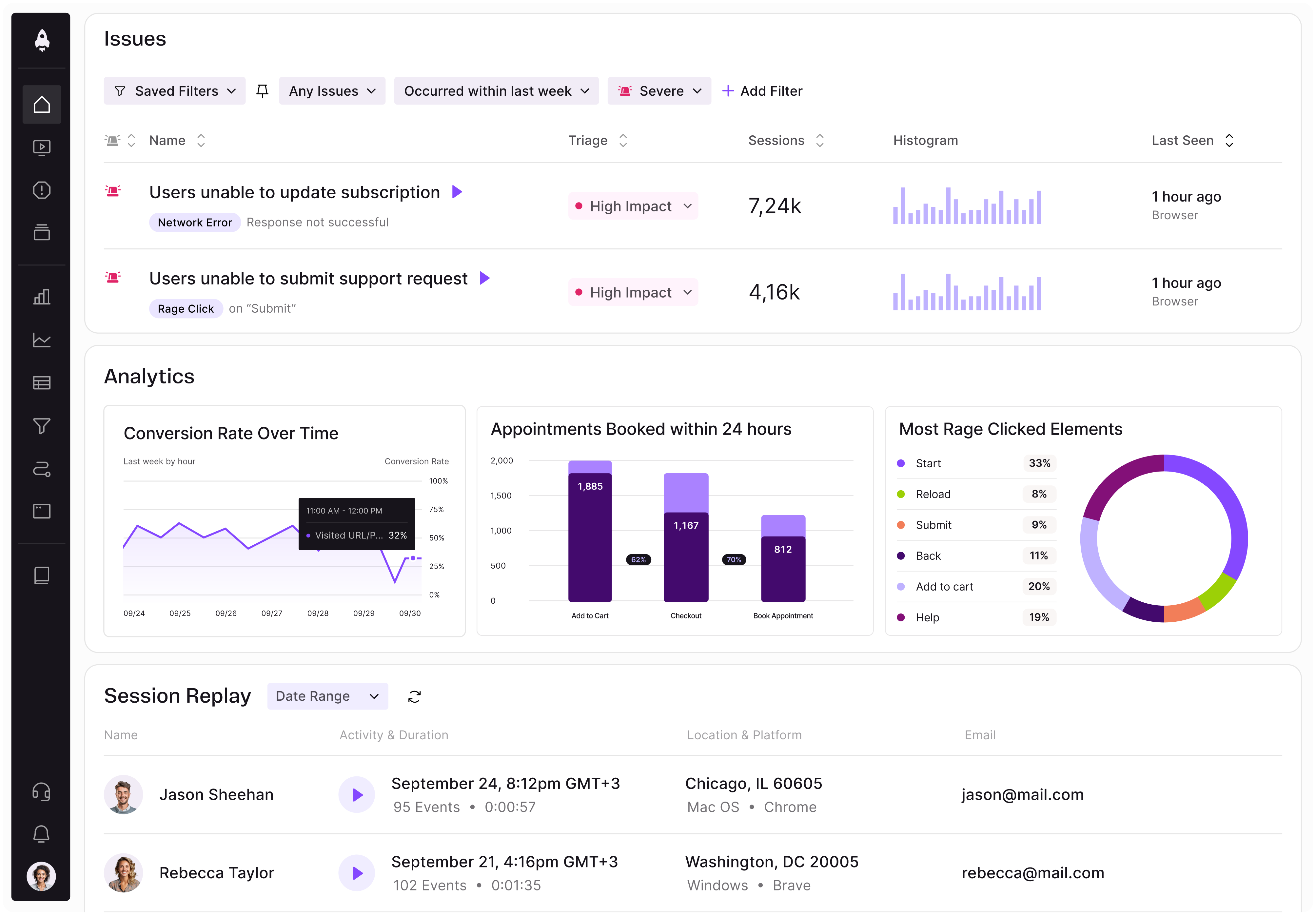
LogRocket identifies friction points in the user experience so you can make informed decisions about product and design changes that must happen to hit your goals.
With LogRocket, you can understand the scope of the issues affecting your product and prioritize the changes that need to be made. LogRocket simplifies workflows by allowing Engineering, Product, UX, and Design teams to work from the same data as you, eliminating any confusion about what needs to be done.
Get your teams on the same page — try LogRocket today.
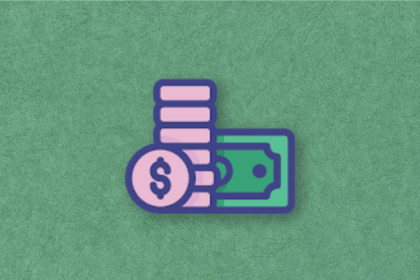
A practical five minute revenue estimation method to help product managers compare ideas, drop low impact features, and prioritize smarter.
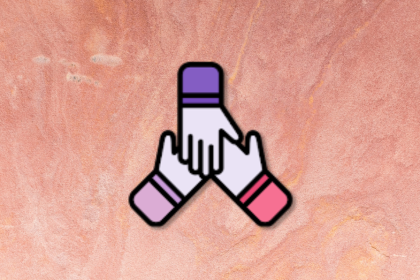
A practical guide for PMs who want to stop being bottlenecks, delegate smarter, and lead teams effectively with a clear ownership framework.
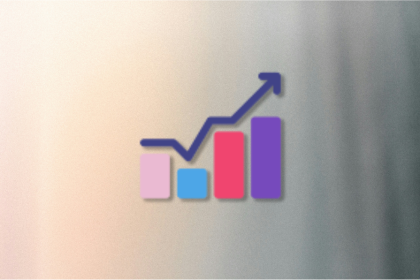
Stop letting unreliable data block features. Treat data as inventory to track quality, ownership, and ship with confidence.
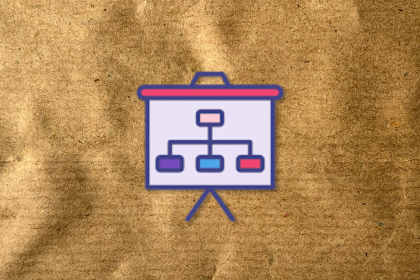
Learn why slide decks slow teams down and explore better tools like whiteboards, PRDs, and prototypes to improve collaboration and alignment.